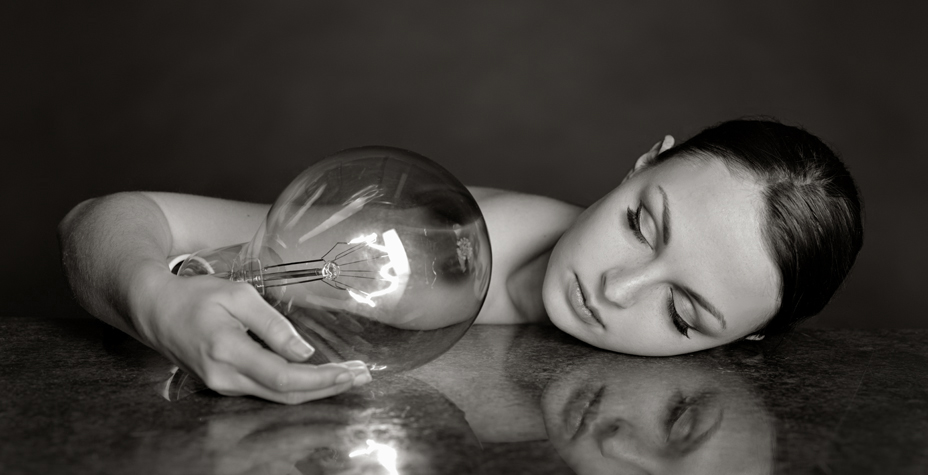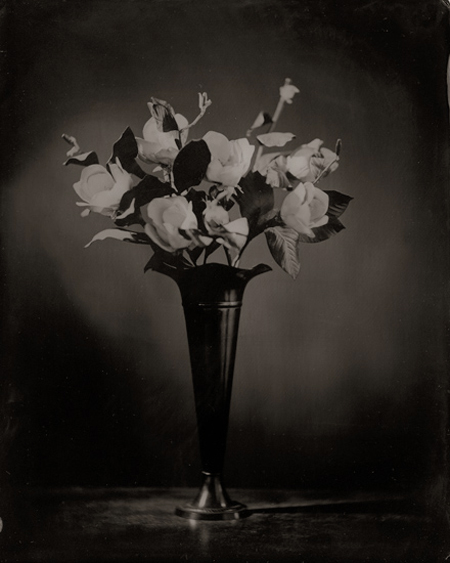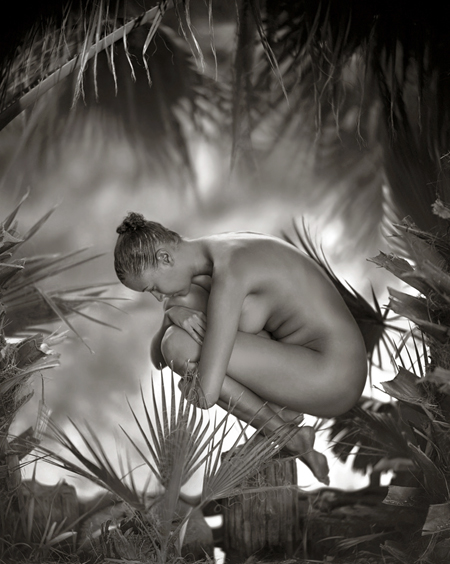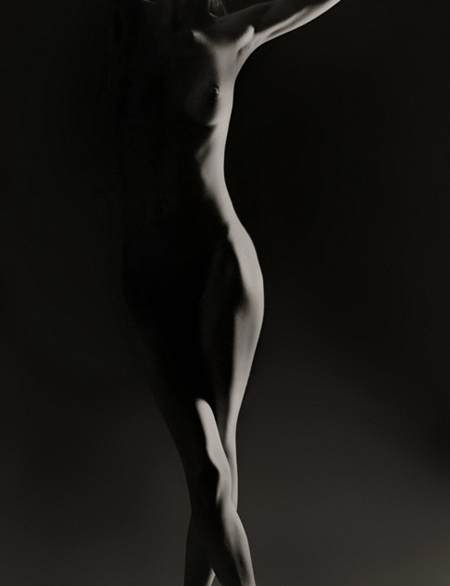#1 Please introduce yourself
My name is Ted Preuss, I’m a traditional black and white photographer based in Chicago, Illinois. I was born in Denver, Colorado in 1962. I spent many of my summers growing up in the Rocky Mountains where my obsession for photography started.
#2 How did you get interested in photography?
I picked up my first camera at the age of seven and instantly became obsessed with the nature of the medium. After spending many years photographing family vacations my passion for photography led me to a career as a freelance architectural photographer for a decade in Boston and San Francisco. After moving to Chicago and having a personal tour through the vaults at the Art Institute of Chicago, I discovered photography as an art form. Everything I learned about lines, shapes, and shadows became an integral part of my photography today.
#3 Do you have an artistic/photographic background?
I am mainly a self-taught photographer. The arts and visual composition runs throughout my family’s genealogy. I always knew I wanted to be a photographer. Instead of going to art school, I decided to be an assistant for a well-known commercial photographer for about four years. This experience gave me a 25 year career in photography. It’s only be the last 9 years I discovered the fine art side.
#4 Which artist/photographer inspired your art?
There are countless artists that have inspired me over the years. Many have been painters like Frederic Leighton, John Collier, and John William Waterhouse. But being a photographer, I grew up on Adams and Weston. It wasn’t until later in life I discovered Ruth Bernhard, Imogen Cunningham, and Manuel Alvarez Bravo. Of course my greatest inspiration always comes from my subjects.
#5 Your work encompasses a range of things from nude to still-lifes – is there a genre you prefer working in most?
Interesting question, my approach to the two genres is the same. My goal is to find the unique character of the subject no matter if it’s the human form or just a tree branch. Someone once said I treat objects like humans. My key is to capture the elegant simplicity of each subject. So to answer the question, it changes week to week. But it is nice working with still-life because if you don’t complete the shoot the first day your subject is still in the same position for the next day.
#6 What is it about nude photography that interest you the most? How do you find the models to work on your projects?
As an artist, I have always been interested in the human form and its many interpretations. I started shooting figurative because I can change the lines and shape of my subject to fit my vision. My images are not portraits – they are studies. In my earlier work I started by photographing friends and fellow artists for my projects; the past few years it’s been dancers and professional models. They seem to find me through their own networks.
#7 What fascinates you in collodion wet plate photography? How did you learn the process?
Wet-plate collodion is a captivating process with a mysterious nature. I feel it’s one of the purest art form in photography. Like the photographers of the 1850s, I hand-pour chemicals that I mix myself according to original recipes. I feel each plate reveals an elegant simplicity that draws the viewer in. The chemicals seem to have an interpretation all their own too.
Before I started this process, I took a workshop by Bill Schwab. Primarily I wanted to learn the safety aspects of the wet-plate collodion. I now teach one-on-one classes on the process.
#8 We can see your photographs mostly in black and white, why have you chosen to present them in this form?
The simple answer: I shoot with black and white film because I enjoy all the steps creating the final product. I love working in the darkroom with the smell of fixer in the air and thrill of seeing the image appear for the first time on the paper. It’s nearly as exciting as creating the image itself.
#9 Could you tell us more about your prints and Platinum Palladium process?
Platinum palladium prints are distinguished by their nuance, subtlety and wide tonal range. They are among the most permanent graphic images in any photographic medium. Unlike the silver print process, platinum lies on and within the paper, while silver lies in a gelatin emulsion on the surface of the paper.
I saw my first platinum print at an Irving Penn exhibit at the Art Institute of Chicago. I was captivated by the soft warm tones. After a few key strokes on my computer, I read all about the process and started ordering everything I needed to produce my first print. A well-crafted platinum print will always be seductive by virtue of its complexity to me.
This process involves mixing small amounts of platinum and palladium with a light sensitive solution containing ferric oxalate. This mixture can then be spread onto the paper surface with a brush and left to dry. After the emulsion is completely dried, the paper is placed in contact with a negative and then exposed to sunlight or a ultra-violet lightbox for 3-5 minutes. Finally, the exposed print is processed, and then cleared by washing out the ferric oxalate with several successive baths of hydrochloric acid, then finished by washing in water and dried. Did I mention the process can be done in the light, with no need for a darkroom?
#10 What do you do in your life besides photography?
Top of my list is exploring the great outdoors. For the past 15 years my wife and I spend several weeks each year hiking throughout Maine. Another great passion is collecting vintage drawings and etchings. This is probably why I create my photographs with antique large-format cameras and exploring vintage printing techniques. Consequently the images I capture have a warm inner beauty with a distinct vintage feel to them.
#11 What future plans do you have? What projects would you like to accomplish?
I am planning in the near future to setup a scholarship program for photography students that want to continue the legacy of traditional photography and alternative processes. I feel photography has given me so much gratification in my life that I should pass it on.
Ted Preuss portfolio:
www.preussphotography.com








